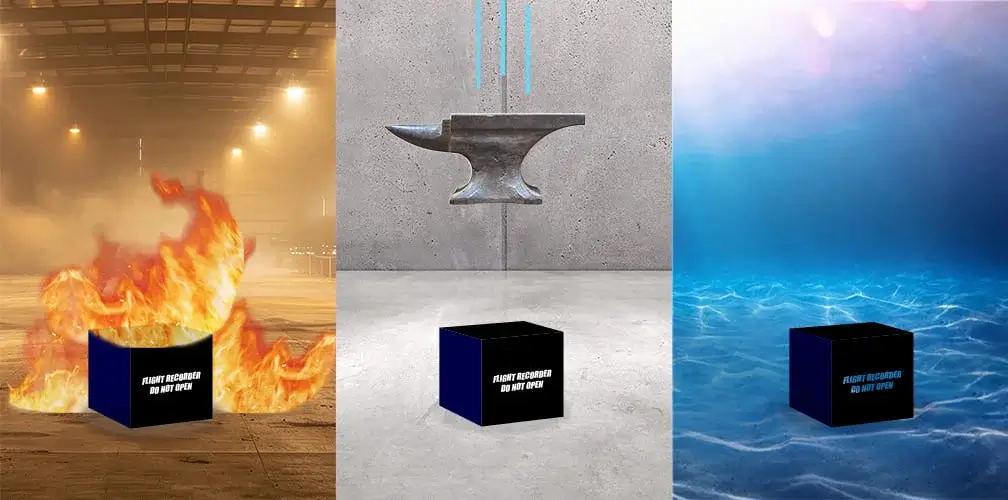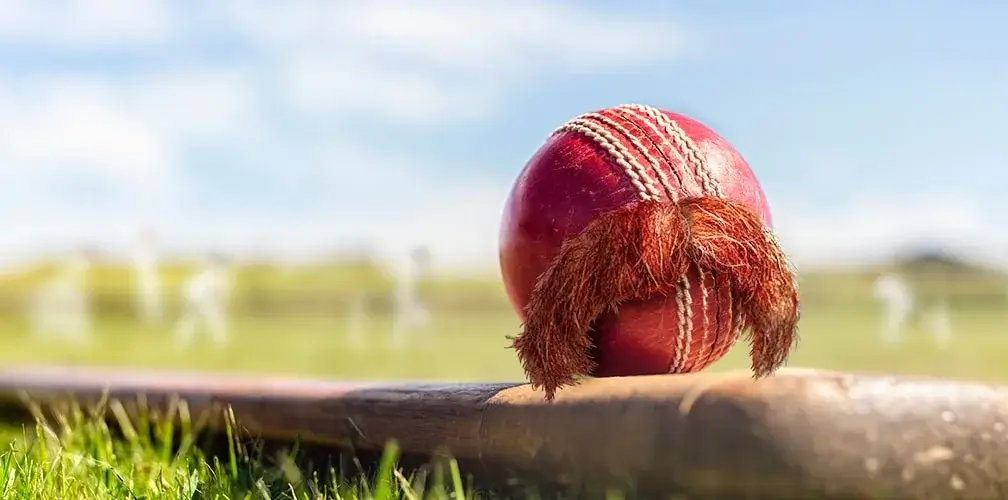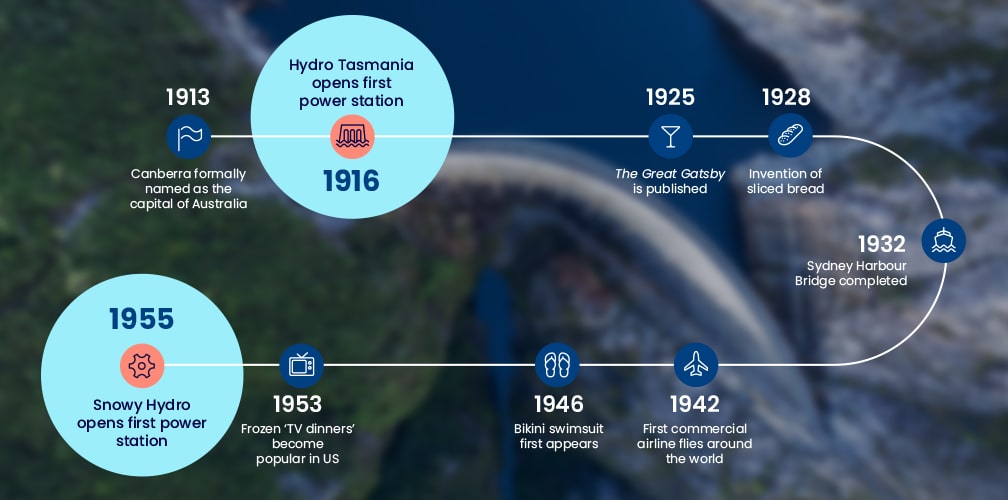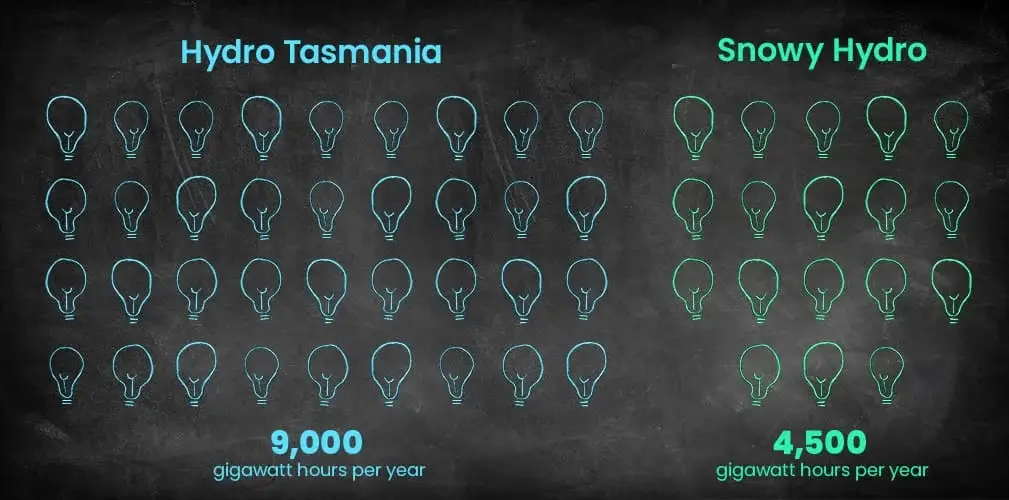When you think about hotbeds of groundbreaking innovations, Tasmania probably isn’t the first place that comes to mind. But when it comes to big ideas, genius inventions and amazing breakthroughs, we reckon Australia’s island-state really punches above its weight.
We don’t know if you can measure ‘genius per capita’ but we reckon Tassie would be right up there.
You’ll be surprised by how many truly excellent things come from… down there somewhere – and one of them is particularly close to our hearts as part of the Momentum story.
1. Black box technology takes off

You’ve almost definitely heard of the black box. It’s a totally crucial piece of aviation technology these days.
In the early 1950s, scientist Dr David Warren invented the first ever Flight Data Recorder (FDR) today known as a black box. His creation has been part of the gold standard for aviation safety – and from the middle of 2024 they’ll be in every new car sold in Australia too.
But did you know where the concept came from? Dr Warren grew up in Tassie and developed his love of electronics while attending a boy's boarding school in Launceston. Many believe his invention was inspired by the death of his father in one of Australia's earliest air disasters, the loss of Miss Hobart in Bass Strait.
2. Fairy bread’s home-sweet-home

White bread + butter + 100s & 1000s? - Genius! The delightful simplicity of fairy bread has brought the joy and a sugar rush to countless kids (and grownups) around Australia, and we have a Tasmanian genius to thank for popularising the concept.
In the late 1920s, the Mercury published the recipe of fairy bread which was used to bring cheer at a party for the children's hospital in Hobart.
It was fairy bread’s first appearance in print and the ingenious, colourful creation has been a staple at children’s parties (and a last-minute cake-stall saviour) ever since.
3. David Boon – the cricketing genius built like a keg

Tasmania has its share of sporting legends, but few have the stature of one David Clarence Boon. Standing a mere 5 foot 3 in his socks, Boony was a hero almost from the moment he first stepped onto a pitch to face the fury of the mighty West Indian fast bowlers.
Born in the suburbs of Launceston, he was powerful wielder of the willow, who parked himself at short leg to avoid having to run in the field (genius!). And he belted boundaries at will, also to avoid having to run.
The moustachioed maestro’s record speaks to his brilliance – Sports Australia Hall of Fame, Cricket Australia Hall of Fame, Player of the Final in a World Cup victory, and the owner of a certain infamous record set on the flight to London for the 1989 Ashes tour. And who could forget his genius catch (at short leg, naturally) to secure Shane Warne’s hat-trick?
There are legends, but how many legends have had a talking figurine made of them? Not many, but Boony sure has. A true Tassie genius.
4. The notebook (no, not the Ryan Gosling movie)

On almost every desk in the world is a little bit of Tassie genius that people use every day – the Silver City Writing Tablet. Never heard of it? You probably know it as the notebook. Which you’d agree is a catchier name.
How did something as simple and universal as the notebook come to be? Well, in 1902 Launceston stationery shop owner J.A. Birchall decided that selling writing paper folded in stacks was less efficient than it could be.
With a lot of patience and a small strip of glue, he started producing convenient booklets of halved sheets of paper glued together and bound with a sheet of cardboard.
At first his English distributors weren’t particularly receptive to this outlandish invention – but they soon caught on – and today ‘Silver City Writing Tablets’ can be found, well, everywhere.
5. Turning a tiny island into a renewable giant

When you think big renewable generators in Australia, one name that might come to mind is Snowy Hydro. Well, decades before our friends at Snowy Hydro got started, Tasmania was quietly leading the way on renewable electricity with several pioneering hydro-power schemes.
Waddamana Power Station was first commissioned in 1916 and was the first major hydro power scheme in the southern hemisphere. It was powering Tasmanian homes and businesses 39 years before Snowy was welcomed into Australia’s hydro-electric fold - the more the merrier when it comes to renewables.
The Tasmanian enthusiasm for renewable energy has only grown since. They were the first Australian state to make more renewable power than it used and has been exporting energy to the mainland ever since. Momentum is 100% owned by Hydro Tasmania – Australia’s largest generator of renewable electricity.
Hydro Tasmania currently generates roughly twice the amount of hydroelectricity that Snowy does – they’re very much the quiet achievers of Australia’s energy industry.
Having the vision for little Tassie to be big in renewables? Now, that’s genius.
Who makes the most renewable energy in Australia?
Hydro Tasmania is the largest generator of renewable electricity in Australia. They generate on average approximately 9000 gigawatt hours of hydroelectricity per year – that’s about twice what Snowy Hydro produces.

Who makes more hydroelectricity: Snowy Hydro or Hydro Tasmania? Hydro Tasmania makes more renewable power with about 9000 gigawatt hours per year on average compared to Snowy Hydro’s 4500 gigawatt hours per year.
So, next time you enjoy a slice of fairy bread, board a plane or think about Australian renewables, spare a thought for the genius little island that’s given us all so much.
Looking to switch energy company?